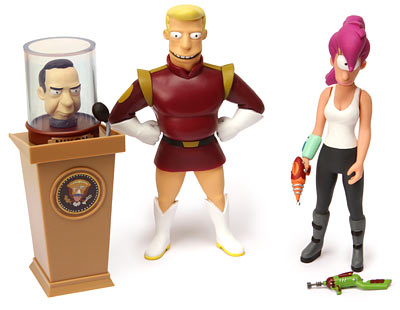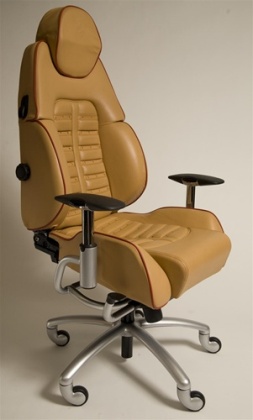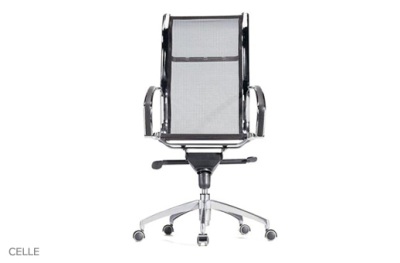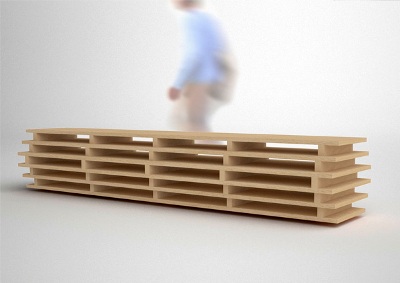Office space planning is an evolving art – just ask Marc Kushner, creator of architects’ social networking site Architizer. In an interview with Inc. Magazine, Kushner takes note of how space planning for offices has changed to correspond to changing technology, and our changing perceptions of collaboration and productivity.
Change has been a long time coming: office space planning has historically been programmed around corner offices and cubicles ever since the invention of the latter, and only recent developments (the recession, the Internet) have made office managers consider alternatives like never before.
Reformulating the Working Space
Take office cubicles. The death of cubicles has often been predicted, and sometimes actively sought (without much success). Kushner still thinks those predictions aren’t wide off the mark.
“I think what people are experimenting with is getting that privacy without sequestering people into that defined space,” explains Kushner. “Specifically, you see a clear trend towards casual gathering spaces being a place to not just congregate, but also to actually do work.”
Dutch facility YourMeet offers an example of workplace space planning that takes Kushner’s insight to heart: They’ve ditched office cubicles for an open floorplan that can be commandeered for meetings or brainstorming sessions. As Fast Company Co.Design reports:
Loosely divvied up into zones (for brainstorming, speaking formally, and so on), it’s conceptualized to give workers a free-flowing atmosphere for hatching their cleverest ideas.
Changing Attitudes Influence Office Space Planning
Changing mindsets about working space have enabled office space planning to take another innovative turn – as millennial workers now have less qualms about sharing workspaces, former fringe ideas like “hot desking” are now gaining wide acceptance.
Hot desking refers to the practice of having no assigned desks per worker – instead, desks are available to the first worker who uses or reserves it for use. This space planning concept allows offices to reduce property costs without a corresponding decrease in labor.
British computer services company ICL has seen the light – one-fourth of their 20,000-strong workforce now hot-desk. “We opened a building in Staines which has 320 desks but supports 600 people,” ICL’S Richard Reed told the Daily Telegraph. “We see this building as a model for the future.”
Offices like Dutch consulting firm YNNO have redesigned their office around this concept. YNNO can rock this type of office space planning, as most of their employees are highly mobile with their work.
“Workers should have a place to check in and plug in, but don’t need designated desks, especially since they travel so much as consultants,” explains Suzanne LaBarre. “Think of it as less of an office than a homebase.”
LaBarre figures that YNNO can go a lot further than previous attempts at abolishing the cubicle, largely since the technology and the mindset has now dovetailed with acceptance of this space planning concept.
“We’re more comfortable as mobile employees now than we were then, in large part because we depend on mobile technology,” speculates LaBarre. “The technology will only continue loosening the corsetry of traditional office work…. expect YNNO’s office to become the norm, rather than the exception.”
Whether office space planning experts keep office cubicles or move on to open creative spaces or hot desking, it’s all one to Marc Kushner as long as they keep one thing in mind: the workplace should enable fun.
Good offices consider the joy of work. As an employer, you want to create an experience that is positive and proactive in the workplace. And we’ve seen much experimentation over the years—open offices, closed offices, eco design, and so on. But what it all comes down to is that a workplace is part of the human experience, and a nicer office can help you to have happier, more productive workers.





